Table of Contents Show
While you may think national park RV camping is a dream come true, it’s not always as magical as you’d like. The 63 national parks can provide some incredible landscapes and pieces of history; however, camping in your RV here can pose a challenge.
Today, we’ll look at five regrets of RV camping in a national park. Let’s get started.
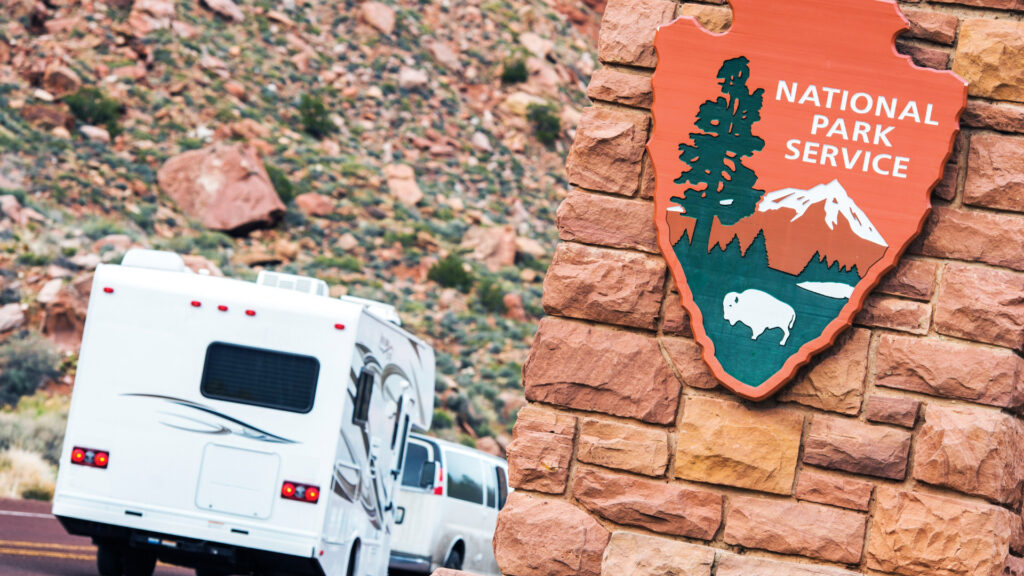
Top 5 Regrets of National Park RV Camping
Not all of these may apply to you or your specific RV. However, you have a chance to experience all five of these regrets. Let’s take a look to help you prepare for your next national park RV camping adventure.
1. Tight Sites for Small Rigs Only
Some RVers choose massive rigs for their many features and amenities. While these RVs can include washers and dryers, multiple bathrooms, and large outdoor patios, they likely won’t fit in many national parks.
The campgrounds you find in national parks typically can only fit smaller rigs. Many campgrounds were created decades ago when people mostly camped in tents or pop-up campers. It’s either impossible or costly to upgrade the infrastructure in these areas to fit the massive rigs we see rolling off many manufacturers’ lines.
2. Partial or No Hookups
As the campgrounds have been around for decades, the plumbing infrastructures typically can’t handle massive amounts of black and gray water dumping.
This means you likely won’t have full hook-ups when camping in a national park. If that’s important, you’ll want to double-check your reservation. You can also invest in a portable tote or pack-up camp to empty your tanks.
Putting in full hook-ups is an expensive and extensive endeavor. It would require tearing up roads and digging deep into the ground to provide this luxury. These national parks serve to protect the land. So, it’s unlikely that a campground would put in the work and resources to install these hookups.
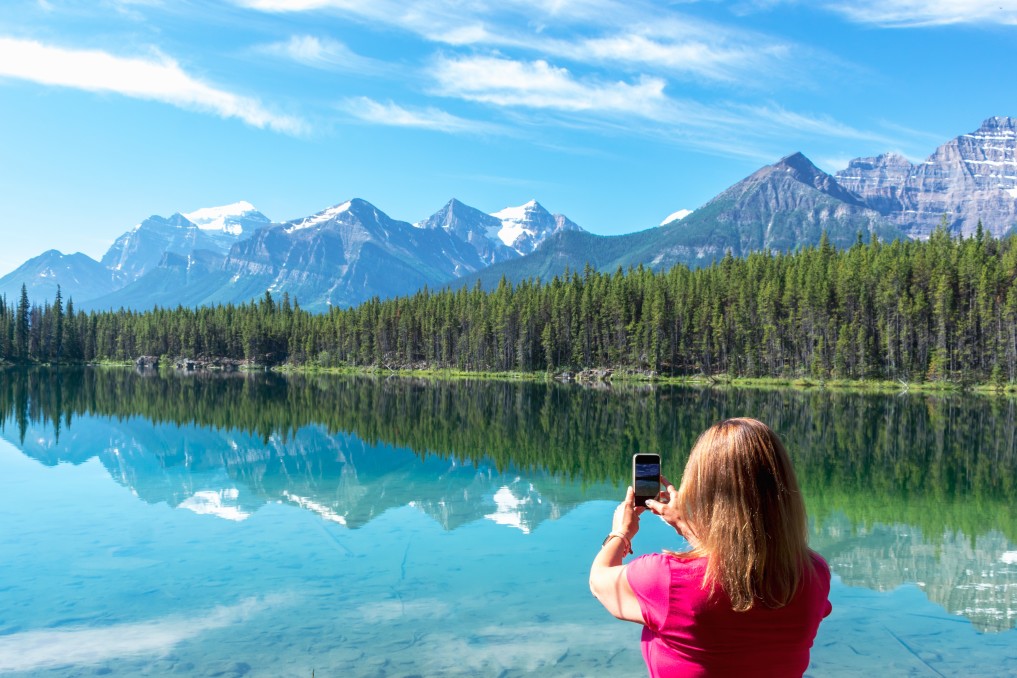
3. No Cell Connectivity
If you want to disconnect from the rest of the world, camp in national parks. However, not everyone can or wants to disconnect entirely.
Many cell phone towers can’t reach national park campgrounds located in remote areas. This is especially true in some larger parks with no cell phone towers within their boundaries.
While it may help you avoid distractions while enjoying the beauty of the outdoors, it can make it hard if you need to get work or school done. So, you’ll want to confirm if the National Park campground has a cell phone signal before making your reservation. If not, you may have to take time off from work or find another campground.
Keep in Mind: You can increase a weak cell signal with these cell phone booster options.
4. Some Are Extremely Hard to Score a Site Due to First-Come First-Serve
Some national park campgrounds forego the standard reservation system and instead opt for first-come, first-serve sites. This means you won’t know if you can find a site that will fit your rig until you show up. This can cause stress and make planning nearly impossible.
If you consider a national park with a first-come, first-serve camping policy, you better have a backup plan.
You don’t want to ruin your trip because the campground you planned to stay at has no spaces available. This can quickly derail your adventures and leave you scrambling to find a place to stay.
Pro Tip: Read our First Come First Serve Camping Tips To Always Get A Spot!
5. They Can Be Expensive
The locations that have a reservation can become complicated and expensive. Expect to pay a big fee if you manage to find a site that can fit your rig. A campsite can easily cost $35 or more per night and have limited amenities.
Regarding national park RV camping prices, you will pay a premium for the convenience of staying in a national park. You won’t have to worry about driving miles into and out of the park each day.
Tips for National Park RV Camping
However, despite these regrets, national park RV camping can still be an enjoyable and memorable experience. Here are a few tips to help you have a great time.
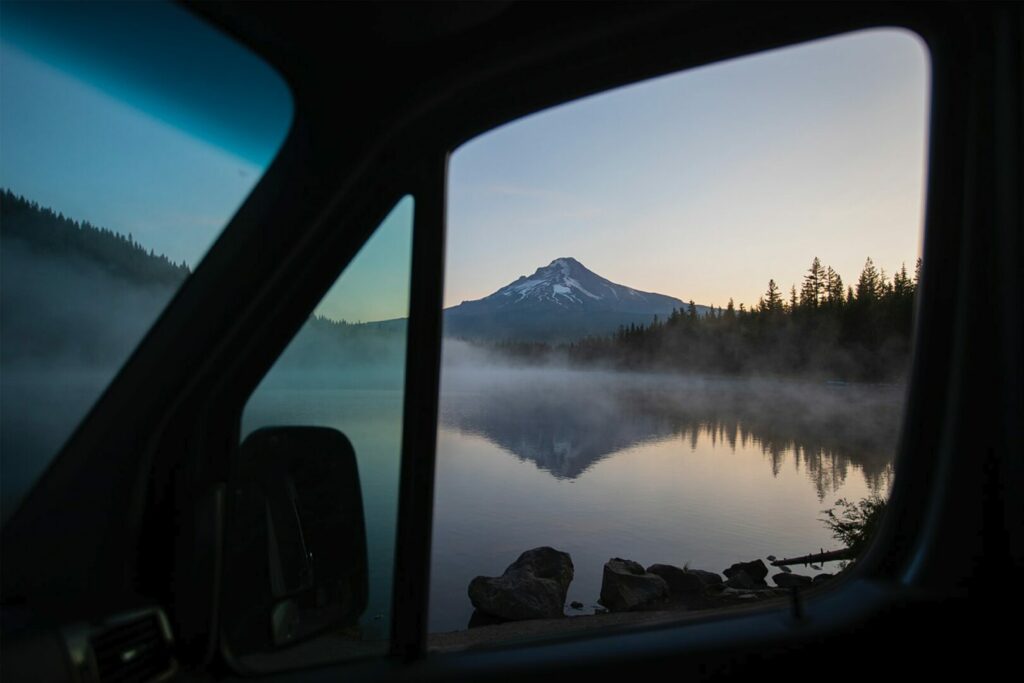
Book Early
If a campground requires a reservation, book early to get a spot and one that will fit your RV. Sites with views of mountains, water, or other incredible landscapes will go first.
If you plan to stay over a holiday weekend, book early. These days typically sell out the first for all campgrounds.
Plus, many families have camping traditions during the summer holidays. You do yourself a disservice if you procrastinate booking your campsite. Delaying may mean you must reschedule or shorten your entire vacation to snag a campsite.
Know Your Length and Height
When booking a campsite in a national park, you must know the length and height of your RV. Some parks have tunnels and other low clearances that may require you to take a different entrance or find a new campground.
You want to ensure your RV will fit in the site you have booked and that you won’t have any trouble navigating the roads and bridges into the park. So, measure your RV and make a note of it. You can even tape the measurements in a visible location to remind you while traveling.
Know Connectivity Status Ahead of Time
Before getting too far in the planning process, use a resource like Campendium to read reviews and check for reports on cell coverage. This will help give you an idea of what cell phone providers have service at the campground and what speeds you might expect.
Knowing the connectivity status ahead of time lets you decide whether you can do work or school. It may mean you need to travel to another location to access the internet, but you can create a plan beforehand.
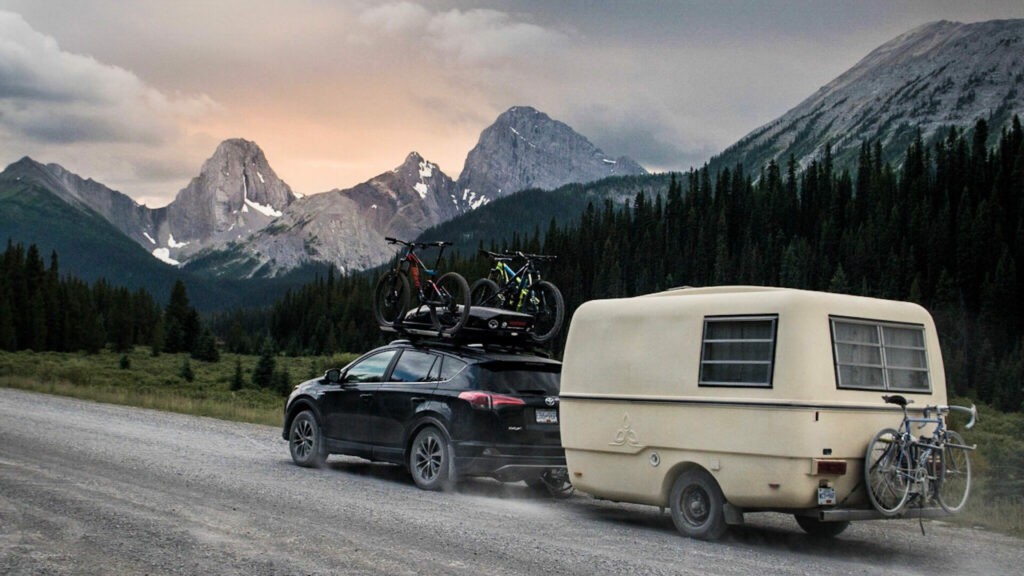
Be Prepared for No Hookups
Most national park RV camping locations won’t have full hook-up sites, so come with a plan. Depending on how long you plan to stay and how you use your water, you may need a way to fill and dump your tanks.
If you plan to dump your tanks during your stay, you might consider investing in a portable waste tote before your trip. This can make emptying your tanks much easier and help you avoid having to pack up your RV to do so.
Pro Tip: Check out our advice on how to choose the best RV portable waste tank.
Where to Stay Instead
If you can’t squeeze your big rig into a site or get a reservation, you can find other places to stay outside national park campgrounds. We have a couple of alternatives for you to consider.
Boondock Outside National Park Boundaries
You can camp in the backcountry of many national parks, but usually only with a tent. Most of the time, you can’t camp in an RV outside an established national park campground. So you’ll need to boondock outside of the park boundaries.
Luckily, you can typically find plenty of places to boondock near some of the most popular national parks. You’ll want to use Campendium or iOverlander to confirm cell coverage, read reviews from other boondockers, and confirm whether your RV will fit. This can work great if you can’t snag a spot at a campground.
Find Local Campgrounds or RV Parks
You can often find local campgrounds or RV parks surrounding national parks. Prices will vary depending on amenities and proximity to the park. But this option can work great in a pinch.
Many of these campgrounds will likely offer full hook-ups. They can more easily update their infrastructure to meet the demands of their clients. Some of these campgrounds may also have Wi-Fi available. This means you can still stay connected even if you don’t have a cell signal.
National Park RV Camping: Is It All It’s Cracked Up to Be?
The national parks provide incredible views and help preserve some of our nation’s most beautiful landscapes. Camping within the boundaries and enjoying the sights and sounds of these historic places is a wonderful way to camp.
However, consider these common regrets before you go. It may save you some time and trouble down the road. What’s your favorite national park for RV camping?




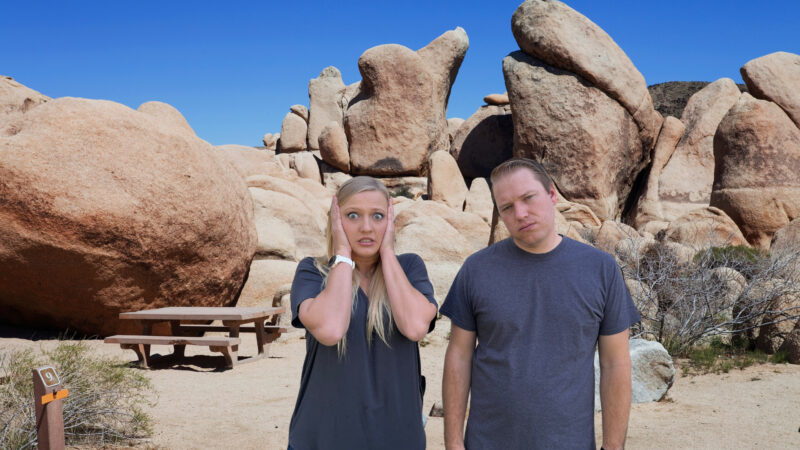
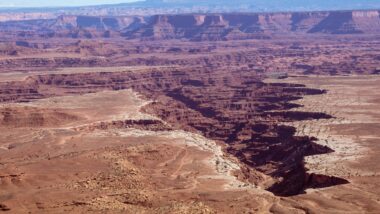
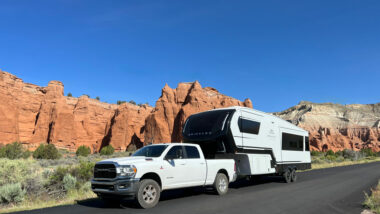
Sorry – but in our experience having difficulty in finding a site was NOT due to FCFS – but almost entirely on an abused reservation system where many sites are apparently reserved / booked early – but then never used. One of the things we like to do after securing a site is to walk the campground in late afternoon, and it is amazing the number of sites (most posted with the reservees name and dates) which were totally empty. Then walk it again early the next AM only to find most still empty. This problem has been confirmed by many other campers and appears that some have more $$ than us and they will make many reservations which they may or may not use. So if they do not show they do not seem to mind paying for a site unused.
The solution would be to enforce a no-show policy – such as unless the reservee either cancels their reservation (with no penalty) or confirms a late arrival before 2 PM that day then they would forfeit the cost of their entire reservation as well as having it canceled – opening up the site for other arrivals that day.
I think the best system involves having both types of sites – FCFS and reservable. I know many have to plan their vacation time, so having a reservation policy helps them know where they can stay. But there are also many of us who try to remain flexible in our travel plans and like the FCFS system.
Perhaps challenges is a better term than regrets.